
Exploring Strategy Games: The Role of Color Dice
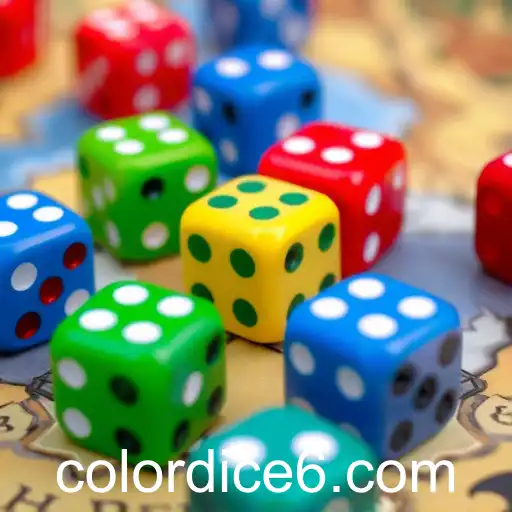
Strategy games have long enthralled players with their complex mechanics, tactical decisions, and the thrilling uncertainty that challenges both novice and seasoned gamers alike. Within this genre, one intriguing element often employed to add depth and complexity is the use of color dice. These multi-colored cubes introduce an element of chance that can significantly influence a game's outcome, requiring players to adapt their strategies on the fly. Color dice, at first glance, might seem like a simple component, but their integration into strategic gameplay can be profound.
The use of color dice in strategy games typically merges chance with strategy, a combination that keeps players engaged and continuously evaluating their options. Each color can represent different actions or resources, compelling players to think critically about their next moves while considering statistical possibilities. For example, a game might use green dice to symbolize resource gathering, red for combat, and blue for defense. Players are tasked with rolling these dice to determine their available actions or the outcomes of their strategies, making every roll a pivotal moment.
This incorporation of color dice invites a unique blend of planning and adaptability. Players must not only create comprehensive strategies but also be flexible enough to adjust their tactics based on the dice roll outcomes. This dynamic demands that players are always considering various scenarios, preparing for both the best and worst possible outcomes. Furthermore, the visual appeal of color dice adds an aesthetic dimension to the gaming experience, making the process more engaging.
Games like 'Catan' and 'Risk' are classic examples where dice play a crucial role. While neither exclusively uses color dice, similar mechanics can be easily related. In Catan, for instance, rolling a '7' triggers the robber mechanic, forcing players to think swiftly about safeguarding their resources. If color dice were used, perhaps a specific color might control this aspect, adding another layer of anticipation and strategy.
Moreover, color dice often serve as a tool for balancing games. By introducing a degree of randomness, designers can level the playing field, ensuring that no player's strategy is foolproof and that comeback moments are always a possibility. This mechanism creates suspense and excitement, spurring players to stay engaged and involved, knowing that fortunes can shifts with the roll of the dice.
In conclusion, the function of color dice in strategy games exemplifies the intricate interplay between chance and skill inherent to the genre. By demanding strategic planning, adaptability, and risk assessment, color dice maintain the player’s interest and foster a challenging yet rewarding gameplay experience. As games continue to evolve, these vibrant cubes may further revolutionize strategic game design, enriching player engagement and enhancing the overall narrative depth.
Rising Popularity of Color Dice Games
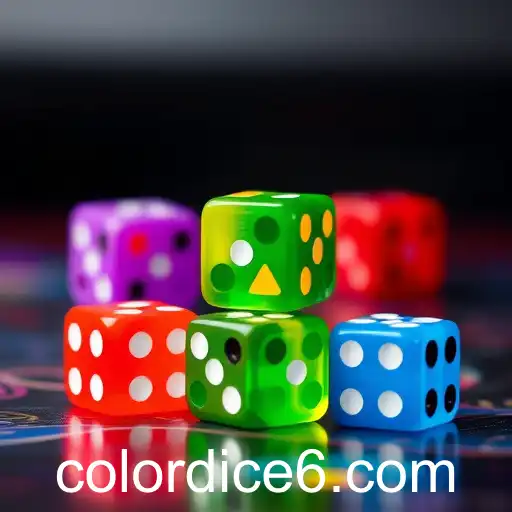
Exploring the resurgence of color dice games in the online gaming world.
2025-11-15
The Color Dice Craze: A Roll of Innovation
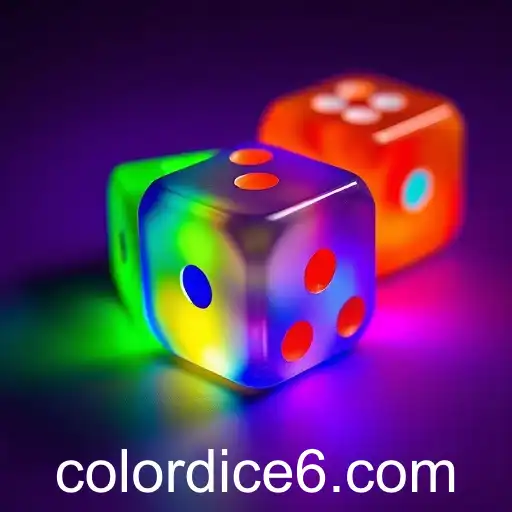
Exploring the rise of color dice in online gaming and their impact on gameplay dynamics.
2025-11-14
The Rise of Online Gaming in 2025
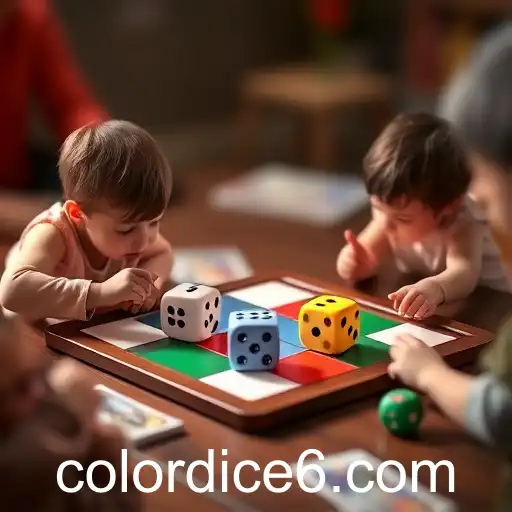
Exploring the dynamics of online gaming and the role of platforms like Color Dice amid 2025's digital landscape.
2025-11-13
Color Dice: The Gaming Trend Shaping Online Interactions
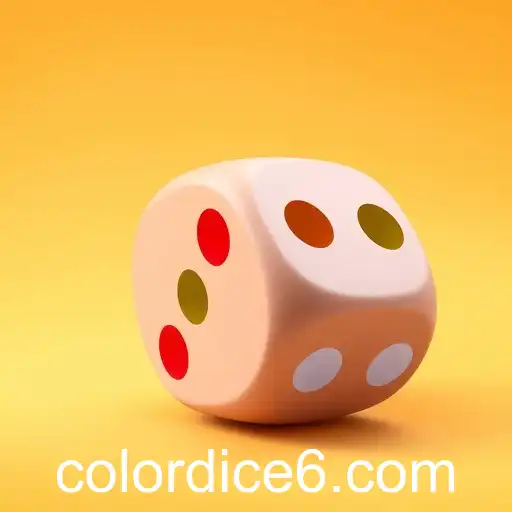
The rise of Color Dice as a popular trend on gaming websites, shaping new dynamics in online play communities.
2025-11-12






